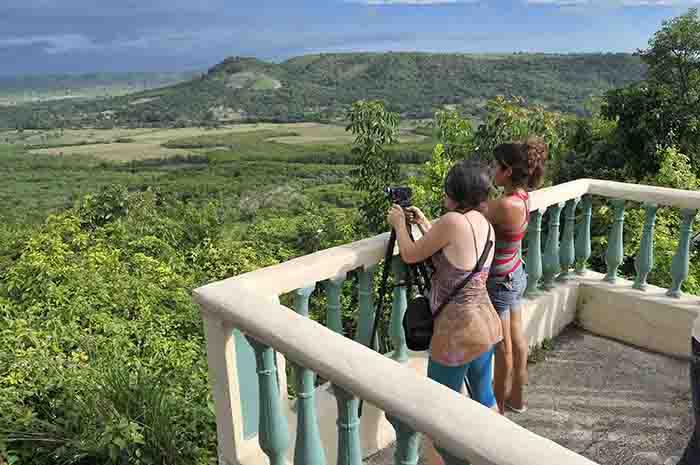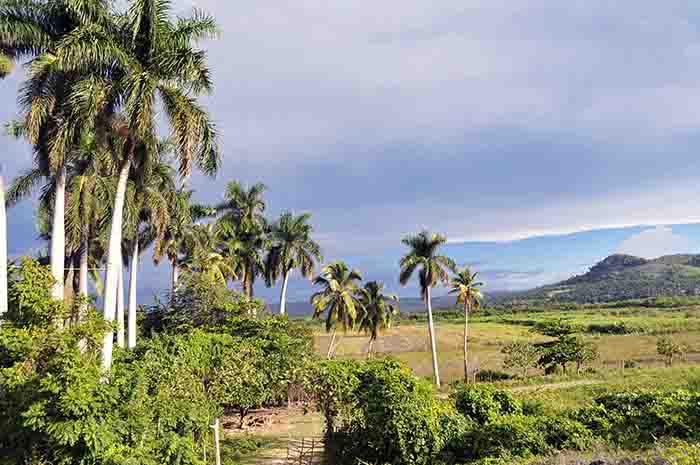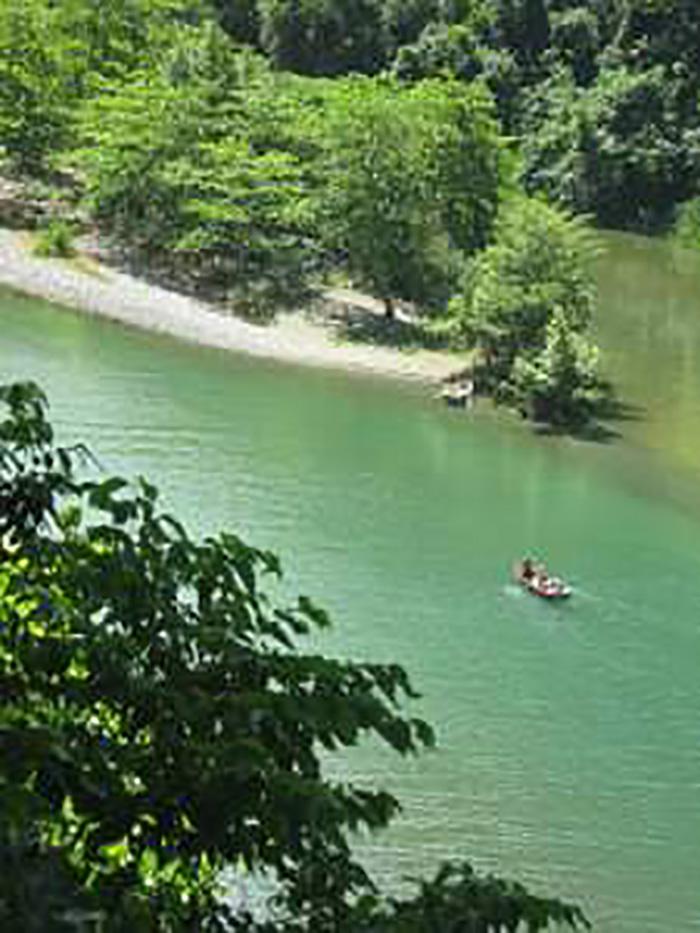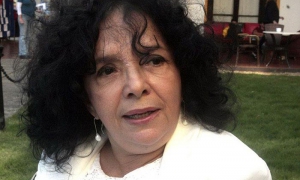
The three hundred year old city of Matanzas is characterized by three natural phenomena: the Bellamar Cave, Pan Hill and the River Yumurí Valley or simply the Yumurí Valley.
Considered to be one of the most beautiful valleys in Cuba and located some 100 kilometers east of Havana, the majestic gorge is formed of an 80 hectare plain at its widest point and elevations of up to 150 meters.
Its natural landscape includes areas of important flora and fauna, historic, cultural and endemic value, the latter exemplified by the melocactus matanzanus, a species of cactus found nowhere else in the world except for this area of the island.
The Yumurí Valley is a region which falls within the province of Matanzas’ protected areas system, which includes the Cuabal de las Tres Ceibas de Clavellinas nature reserve.

According to the city’s historian, Ercilio Vento, one of the valley’s key attributes is the historical geography it offers specialists and researchers interested in the subject.
Two rivers flow through the valley: the Bacunayagua and the Yumurí, which begin at the Pan de Matanzas tracing a 25 kilometer course until they converge in the bay, where Matanzas - provincial capital - was founded at the end of the 17th century.
Experts assert that the valley contains animal and plant sediments dating back approximately 30 million years.
Farmers who live and work on this magnificent gorge note that the soil, dark-grayish and black, is extremely fertile; with its vast alluvial deposits making it ideal for agricultural production.
THE ORIGIN OF THE NAME: UNRESOLVED
There are many theories around the origin of the word "yumurí,” although it was the presence of indigenous peoples in the area and their contact with Spanish colonizers that gave way to the most widely accepted version.
The legend goes that the name comes from the cry made by the indigenous as they threw themselves off high precipices, preferring to commit suicide rather than endure mistreatment at the hands of the Spanish.

According to the story, standing at the top of the ledge they shouted “Yumurí” or “Yo muero,” repeating the word in Spanish so that their enemies would hear and understand exactly why they had made such a tragic decision.
Another version which appears on the Cuban information site Ecured, tells of a legend of love in which a young indigenous girl is condemned to a life of misfortune after falling in love, causing the earth to open up and with so the creation of the two rivers.
However, a study by journalist Idalmis León notes that in Cuban lexicography, the word “yu” means white, while the term “ari/uri” refers to river.
This doesn’t mean that the exact translation is white river, but its close, noted the writer.
Despite these stories, the reality is that visitors to the Yumurí Valley are captivated by a singular rural landscape, ideal for outdoor activities and excursions.
For those unable to tour its plains, the Bacunayagua Bridge overlook invites visitors to observe the lush greenery of the region, flecked with countless Royal Palms.
This overpass, listed as one of the wonders of Cuban civil engineering, is the highest on the island at over 110 meters tall.
The presence in the Valley - in different periods - of two important figures who resisted Spanish domination, constitutes an important historic feature of the area.
These were Colonel of the Liberation Army,Manuel García who fought against Spanish rule during Cuba’s Wars of Independence and cimarrón (runaway slave) José Dolores who evaded capture by the colonizers throughout his entire life.
Loved by the inhabitants of the provincial capital, the Yumurí Valley precedes the coastal settlement of Matanzas, known since the 19th century as the Athens of Cuba, a city located on the exceptional bay bearing the same name. (PL)






